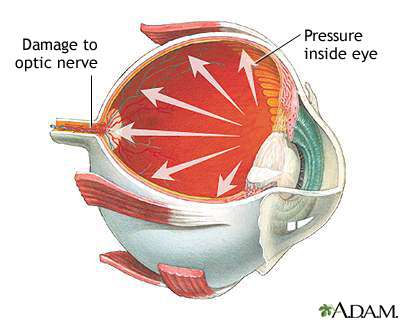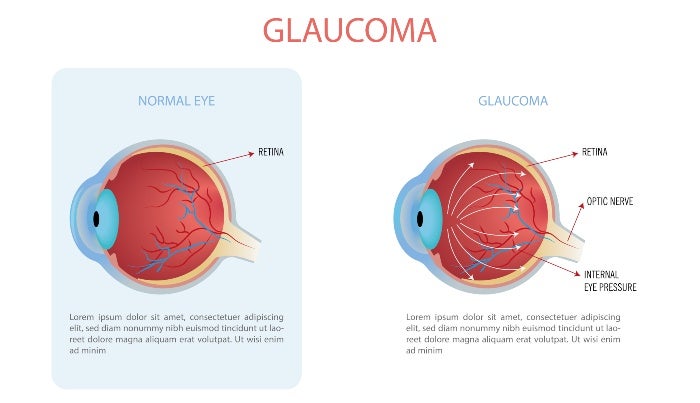Advanced Refractive Surgeries in AL: Transform Your Vision Today
Advanced Refractive Surgeries in AL: Transform Your Vision Today
Blog Article
Understanding the Different Vision Modification Procedures Available for Clearer View
In the realm of vision modification treatments, a multitude of options exist to deal with refractive mistakes and give individuals with clearer sight. From the commonly identified LASIK surgery to less invasive treatments like PRK and implantable lenses, the area of ophthalmology provides a series of techniques tailored to suit various needs and preferences. Each treatment comes with its own set of considerations, benefits, and prospective risks. Understanding the nuances of these vision modification approaches is critical for making educated decisions concerning one's aesthetic wellness. Allow's explore the complexities of these procedures and dropped light on the course to accomplishing boosted vision clearness.
LASIK Surgical Treatment
LASIK surgery is an usual refractive treatment utilized to remedy vision issues such as nearsightedness, farsightedness, and astigmatism - eyecare near me. This medical technique, which represents Laser-Assisted sitting Keratomileusis, intends to improve the cornea to improve how light is concentrated on the retina, eventually improving vision clarity. During the treatment, a slim flap is created on the cornea, and a laser is utilized to remove specific quantities of cells to improve it properly. This reshaping permits for light to be precisely focused onto the retina, dealing with refractive errors.
One of the primary benefits of LASIK surgery is the fast renovation in vision experienced by people. In general, LASIK surgical treatment is a prominent selection for people looking for a lasting solution for their vision problems.
PRK Treatment
While likewise a common refractive treatment, the PRK (Photorefractive Keratectomy) technique varies from LASIK surgical treatment in its method to dealing with vision issues. In PRK, rather than producing a flap on the cornea, the outer layer of the cornea, called the epithelium, is completely gotten rid of. This allows the laser to reshape the cornea to deal with refractive errors such as astigmatism, nearsightedness, and farsightedness directly externally.

Regardless of the longer recuperation time, PRK can produce exceptional cause vision renovation, making it a useful option for those that might not appropriate prospects for LASIK surgical treatment.
Implantable Lenses
In comparison to PRK where the cornea is improved directly, implantable lenses provide one more method for fixing vision by inserting artificial lenses inside the eye. This procedure is specifically beneficial for people with high levels of nearsightedness, farsightedness, or astigmatism that might not be appropriate candidates for laser surgical procedures like LASIK or PRK.
Implantable lenses, likewise known as phakic intraocular lenses, work by supplementing the eye's all-natural lens with a man-made one. eyecare near me. These lenses can be put in front of the all-natural lens (anterior chamber) or behind the iris and before the all-natural lens (posterior chamber) By adjusting the power and positioning of these lenses, eye doctors can successfully fix refractive mistakes and improve visual skill
One advantage of implantable lenses is that they are detachable and exchangeable, providing adaptability for future modifications. However, similar to any type of surgery, there are risks entailed, such as infection or cataract formation. Individuals taking into consideration implantable lenses ought to speak with an eye treatment specialist to establish the most ideal choice based upon their private demands and eye health and wellness.
Corneal Rings
Corneal rings, also understood as intracorneal ring segments, are little, clear gadgets put into the cornea to deal with vision distortions such as keratoconus. Keratoconus is a condition where the cornea thins and protrudes external, causing vision to come to be distorted. The insertion of corneal rings assists to site squash the cornea, enhancing aesthetic acuity and minimizing the irregular astigmatism created by keratoconus.
The procedure for placing corneal rings is relatively quick and minimally intrusive, usually carried out as an outpatient treatment. During the surgical treatment, the ophthalmologist makes a small laceration in the cornea and inserts the rings at a particular deepness. Once in position, the rings assist to improve the cornea, supplying a smoother surface for light to enter the eye, which can cause clearer vision.
Corneal rings are taken into consideration a reversible treatment, as they can be eliminated or replaced if needed. glaucoma service near me. While they might not completely remove the need for glasses or get in touch with lenses, corneal rings can significantly enhance vision top quality and general aesthetic comfort for individuals with keratoconus or other corneal look at this site irregularities
Refractive Lens Exchange
Adhering to the improvement of corneal abnormalities with procedures like corneal rings, one more vision adjustment strategy that can address refractive mistakes is Refractive Lens Exchange (RLE) RLE is a surgical procedure that entails replacing the eye's all-natural lens with a man-made intraocular lens (IOL) to remedy refractive errors such as nearsightedness, presbyopia, and farsightedness. This treatment is especially useful for individuals who might not appropriate candidates for procedures like LASIK or PRK due to factors such as slim corneas or high refractive errors.

Verdict
Finally, there are different vision improvement procedures available to assist people attain clearer sight. LASIK surgical procedure, PRK treatment, implantable lenses, corneal rings, and refractive lens exchange are all options that can attend to various vision problems. It is very important for people to seek advice from with their eye treatment company to establish one of the most suitable treatment based upon their details needs and preferences. With developments in innovation, accomplishing enhanced vision is currently a lot more easily accessible than in the past.
In the world of vision improvement treatments, a plethora of alternatives exist to attend to refractive mistakes and give people with more clear view.LASIK surgical treatment is a typical refractive treatment made use of to correct vision troubles such as nearsightedness, farsightedness, and astigmatism.While additionally a typical refractive procedure, the PRK (Photorefractive Keratectomy) technique varies from LASIK surgical treatment in its approach to dealing with vision issues.Following the improvement of corneal irregularities with treatments like corneal rings, one more vision correction method that can address refractive mistakes is Refractive Lens Exchange (RLE) LASIK surgery, PRK treatment, implantable lenses, corneal rings, and refractive lens exchange are all options that can attend to different vision problems.
Report this page